With Amsterdam and other major Dutch cities becoming increasingly popular with tourists, we were keen to find some off-the-beaten-track destinations in the Netherlands this year. We took a trip to go mudflat walking in Friesland, explored cities like Leeuwarden and Den Bosch, went underground to learn more about the country’s World War II history, drove across the engineering marvel of the Afsluitdijk, and enjoyed the expansive beaches on Ameland and Texel. We also discovered a hidden gem of a destination that was even closer to our home in Leiden—the historic town of Schiedam.
Founded in the 13th century, Schiedam is a small city outside of Rotterdam. Lined with picturesque canals and dotted with towering windmills, the historic city is pleasant to explore on foot. Its rich history as the jenever capital of the Netherlands makes it an interesting place to spend the day, learning more about the traditional Dutch spirit and tasting some too!
 Jenever, sometimes known as Dutch gin, is a malted grain-based spirit flavored with juniper and other botanicals. Records trace its origin in the Netherlands as far back as the 16th century, but the spirit didn’t rise to worldwide popularity until the 19th century. In Britain the drink evolved to become the gin that is more commonly found today, however jenever is still distilled, primarily Belgium and the Netherlands. In 2008, the European Union declared jenever as a “Protected Product of Origin,” giving it its own appellation or AOC, meaning it can only be distilled in Belgium, the Netherlands, and certain parts of France and Germany.
Jenever, sometimes known as Dutch gin, is a malted grain-based spirit flavored with juniper and other botanicals. Records trace its origin in the Netherlands as far back as the 16th century, but the spirit didn’t rise to worldwide popularity until the 19th century. In Britain the drink evolved to become the gin that is more commonly found today, however jenever is still distilled, primarily Belgium and the Netherlands. In 2008, the European Union declared jenever as a “Protected Product of Origin,” giving it its own appellation or AOC, meaning it can only be distilled in Belgium, the Netherlands, and certain parts of France and Germany.
Schiedam was once at the heart of the jenever industry, exporting its products to worldwide markets, the city name becoming synonymous with the product. At the pinnacle of production in the 18th and 19th centuries, there were almost 400 roasting houses and distilleries in the city, remnants of which you can still see today.
Massive windmills are among the first things that visitors notice upon arriving in Schiedam—at heights of up to 33m, they have the distinction of being the tallest traditional windmills in the world. Schiedam grew as a hub for distilling because its port allowed for easy shipment of grain, the primary ingredient in jenever. Windmills were built to grind grain as close to the port and the distilleries as possible, making the whole production even more efficient. Schiedam wasn’t as windy as many other areas in the Netherlands, however, so the windmills were simply built taller to tower over the surrounding buildings and catch the breeze.
Five of the city’s twenty original mills are still standing: De Palmboom (The Palm Tree), De Noord (The North), De Vrijheid (The Freedom), De Drie Koornbloemen (The Three Cornflowers) and De Walvisch (The Whale). The latter, Molen De Walvisch, now contains a museum about the history of the mills in Schiedam and visitors can walk up through the levels of the mill to the top, which offers panoramic views of the city. (At the time of our visit, information in the museum was only in Dutch.) The windmill also has a shop on the ground floor selling various mill-related items including grain ground by the mills in Schiedam. In addition to De Walvisch’s windmill museum, Molen De Noord contains a restaurant, while the other three mills are not open on a regular basis. (We visited them all during National Open Mill Days which happens annually in May.)
Right around the corner from Molen De Walvisch is the National Jenevermuseum, located in an old 18th century malt spirit roasting house and distillery. The museum, which recently reopened after a renovation, provides a look at both the past and present of the jenever industry. The exhibits allow visitors to learn more about the distilling process, the raw materials and botanicals used in jenever, the history of the industry in Schiedam, and includes an impressive collection of almost 100 historic jenever advertisements. A museum audioguide, available in multiple languages, is included in the entry fee.

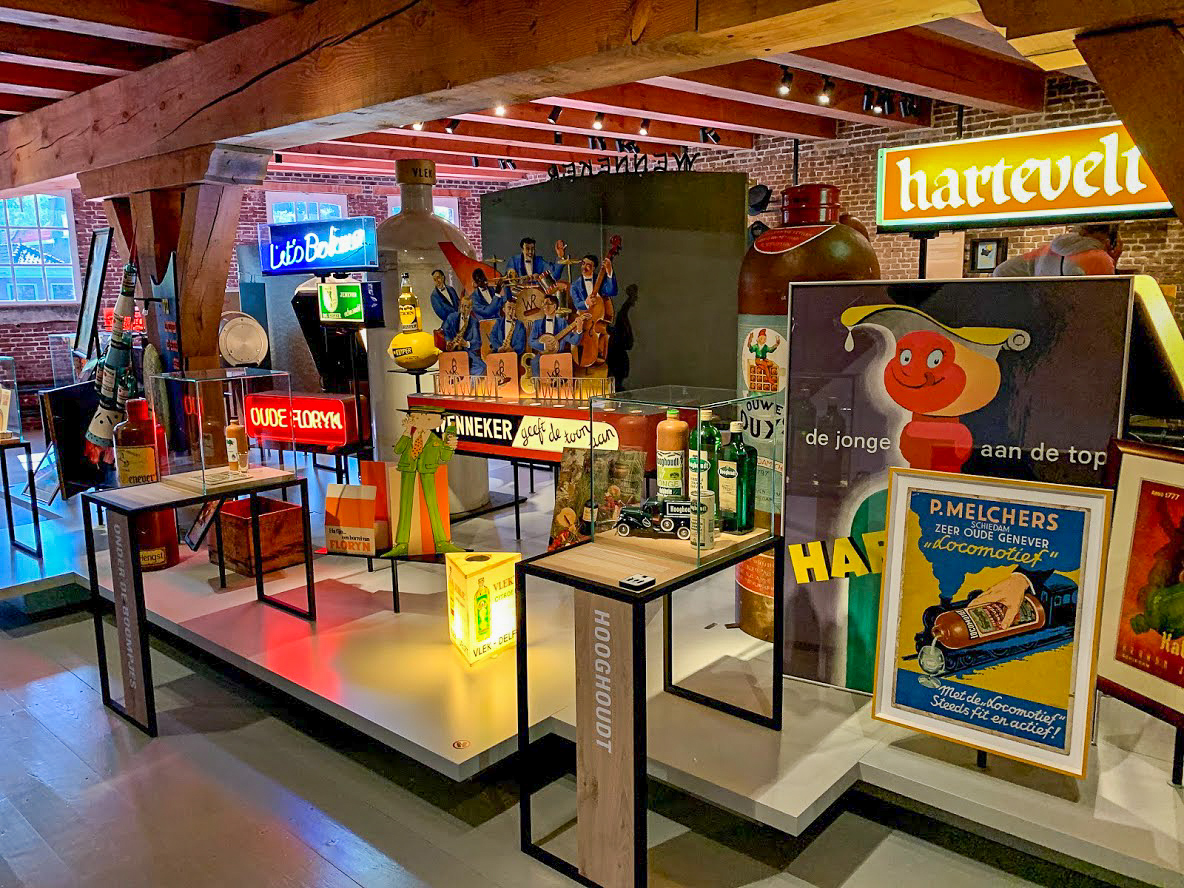

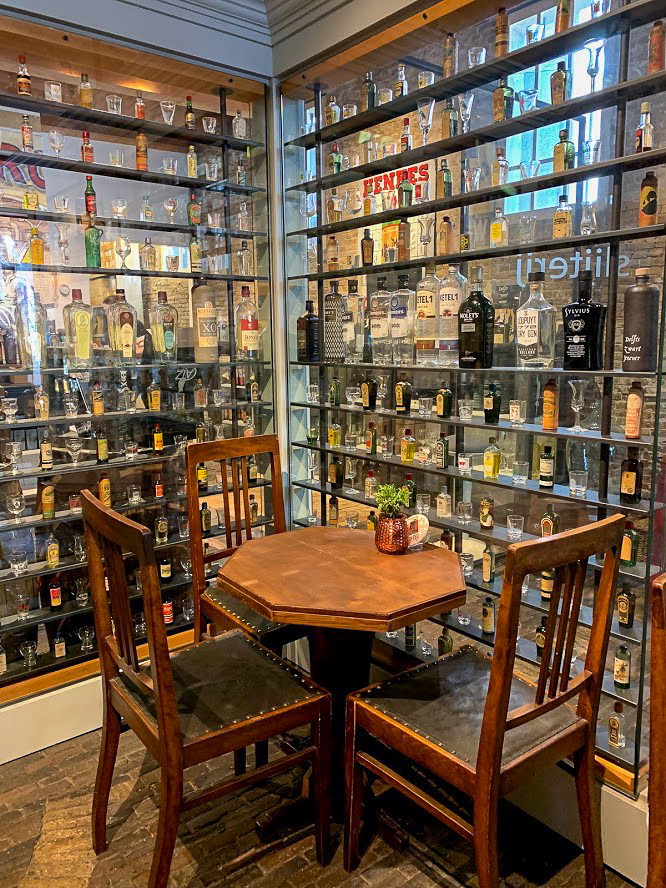
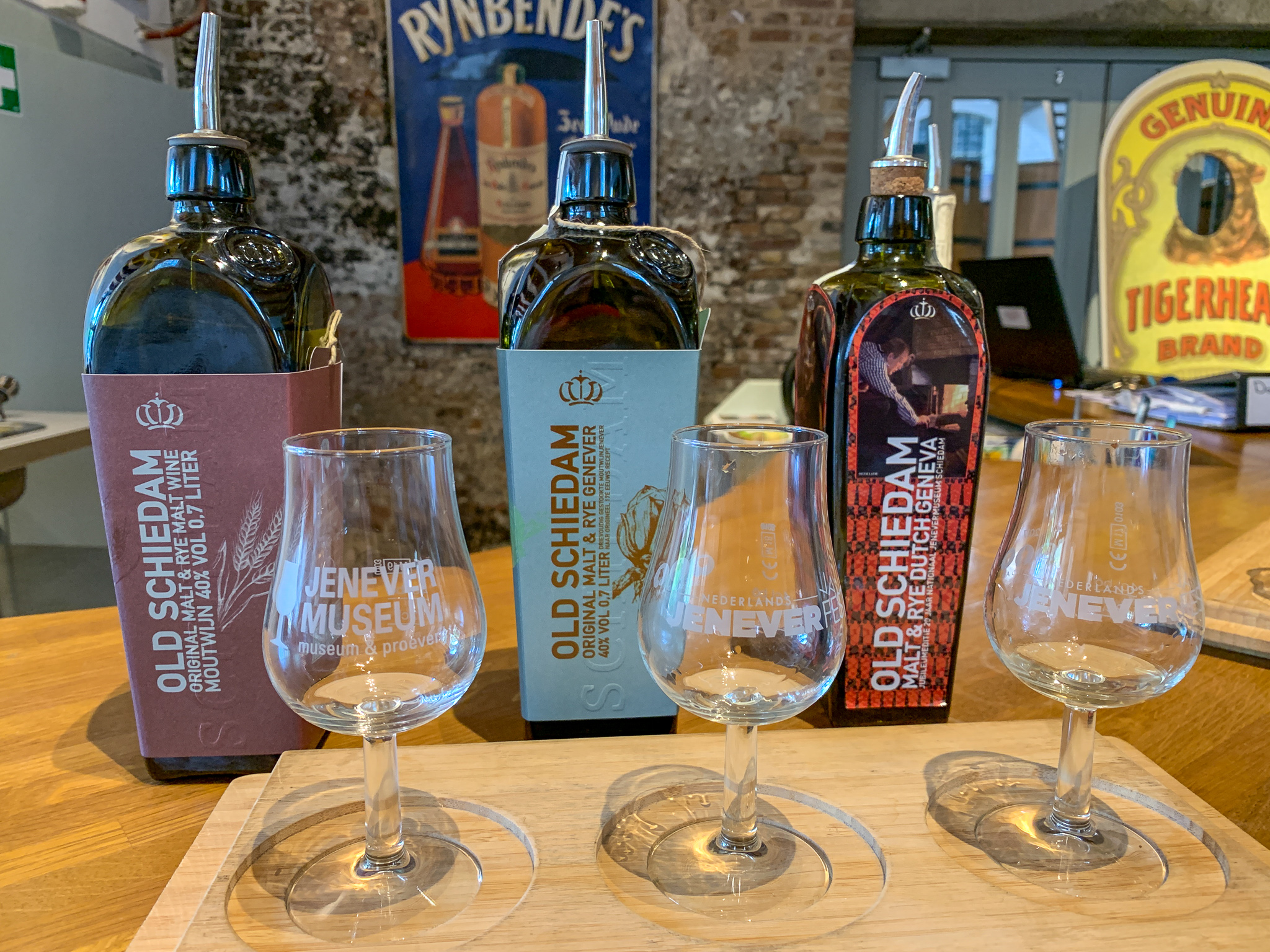
On the ground floor of the Jenevermuseum is the Branderij De Gekroonde Brandersketel, a distillery that uses a jenever recipe from the 18th century and only traditional techniques to distill the spirit today. Using barley malt and rye, the branderij produces a triple-distilled jenever called Old Schiedam. Volunteers are often on-site to provide an explanation of the distilling process for visitors. Entrance to the branderij is included in the National Jenevermuseum ticket, and a tasting of three varieties of Old Schiedam is available at the museum for an additional fee.
For an even more in-depth jenever tasting experience, we headed to a few blocks over to Jeneverie ‘t Spul, a classic Dutch jenever cafe. This jeneverie has the world’s largest collection of jenever—over 400 varieties are available to taste. The staff are happy to help you pick out jenevers to try, and to answer questions about the spirit itself. In the back of the cafe they even have a small jenever museum of their own, a comprehensive collection of paraphernalia and artifacts connected to the jenever industry. The proprietor was thrilled to take us on a walk through his collection and point out some of his favorite pieces and tell us the stories behind them.
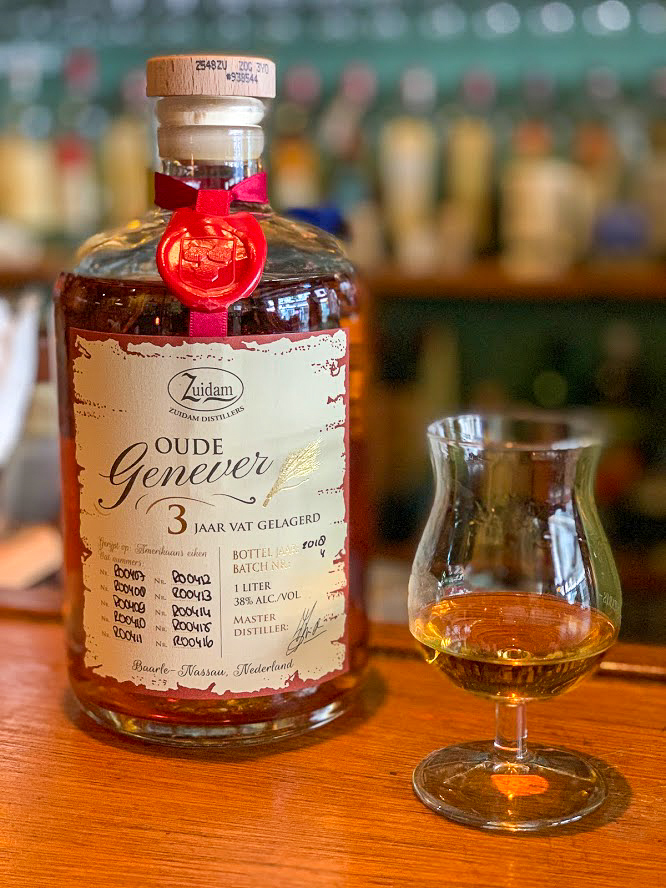
Despite jenever’s popularity in the 18th and 19th centuries, the market for the spirit dwindled in the latter half of the 20th century. A combination of factors led to this decline, including prohibition in the United States (which was one of the biggest export markets for Dutch jenever) followed by World War II and the Nazi occupation which halted jenever production for years. The industry never fully rebounded after these events, and only 40 distilleries reopened after World War II. Those distilleries that remained in Schiedam faced pressures from the rising popularity of other spirits such as English gin. With increased competition from other spirits, Schiedam’s distillers fought to keep prices low, and quality often took a hit as well. The competition for market share during these so-called “spirit wars” led to failure for many distillers, and through the 1970’s and 1980’s most of Schiedam’s distilleries closed their doors.
After visiting the National Jenevermuseum and seeing the windmills, our curiosity was piqued and we wanted to learn more about the history of the distilleries in the city. Founded in 1691, one distillery that has withstood the test of time is Nolet. Now owned by the 11th generation of the family, they are best known today for producing Ketel One vodka, but they still produce jenever (and all of their other spirits) on-site in Schiedam. Nolet does not run a regular tour schedule, however they can arrange a more personalized visit experience if you write to them in advance. We arranged a half-day visit to the distillery to learn all about the history of Nolet and see a thriving distiller in action today.
In keeping with the aesthetics of Schiedam, Nolet’s visitor entrance is through a traditional-looking windmill. Molen De Nolet is not just another historic mill, however, but was constructed in 2005 to disguise a modern wind turbine helping to provide power to the distillery and factory. Once inside there’s no mistaking the windmill’s modern origin, and you can easily see that the space has been custom-designed to provide a base for visitors, with a welcome bar/restaurant, small theater, meeting rooms, and more. We met our guide, a local who has been working at Nolet for around 40 years, and headed off for a complete tour of the facilities.


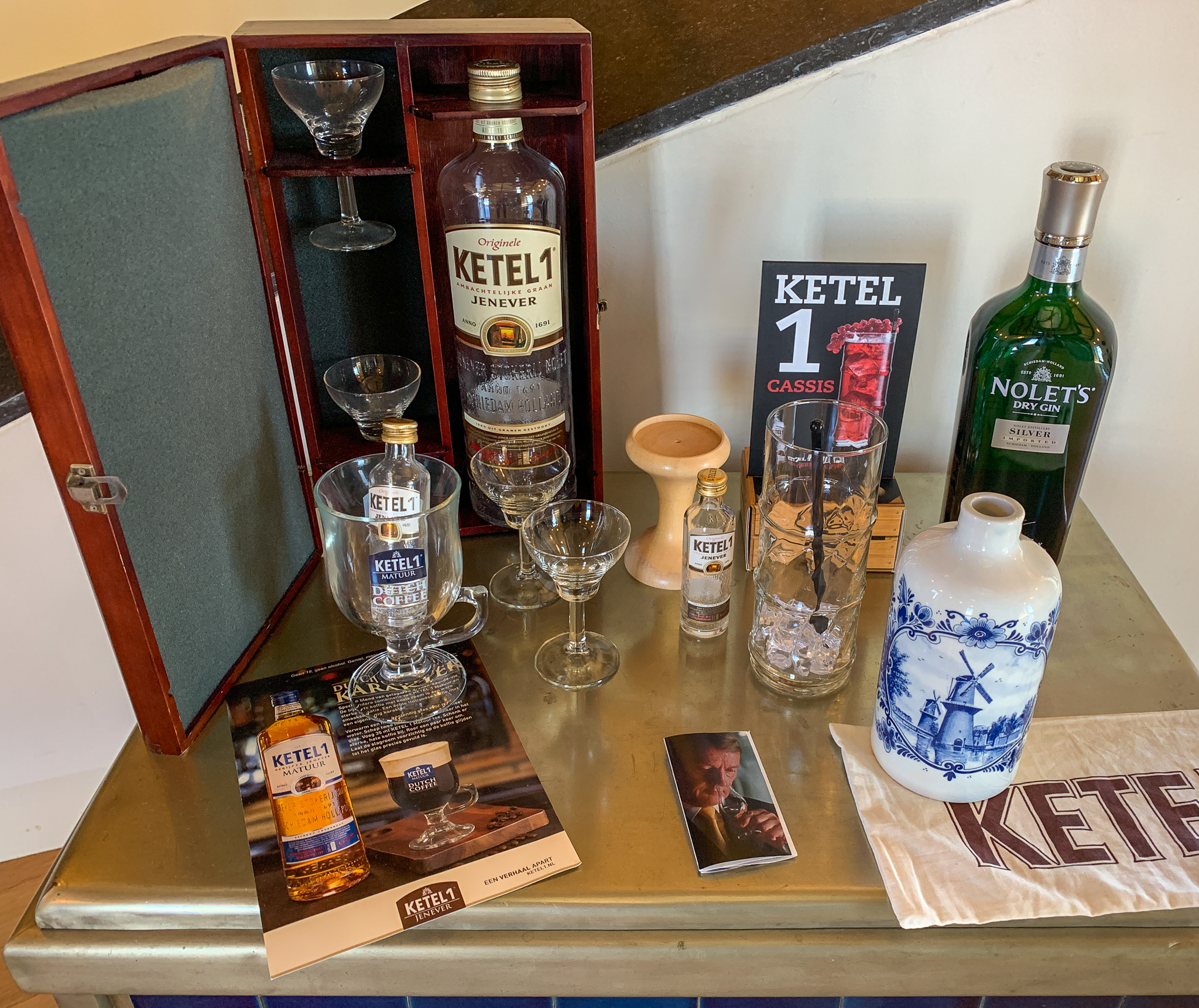
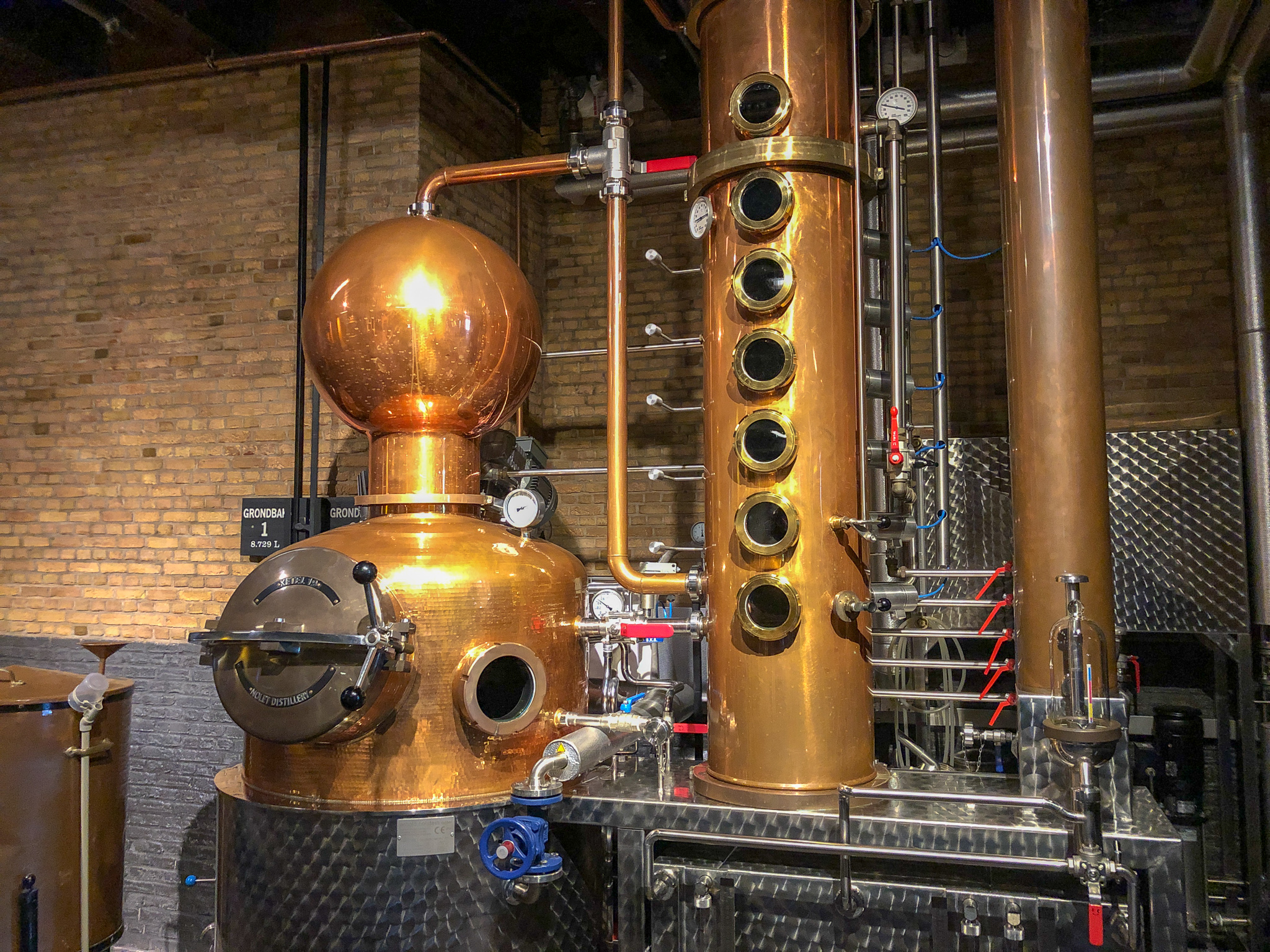
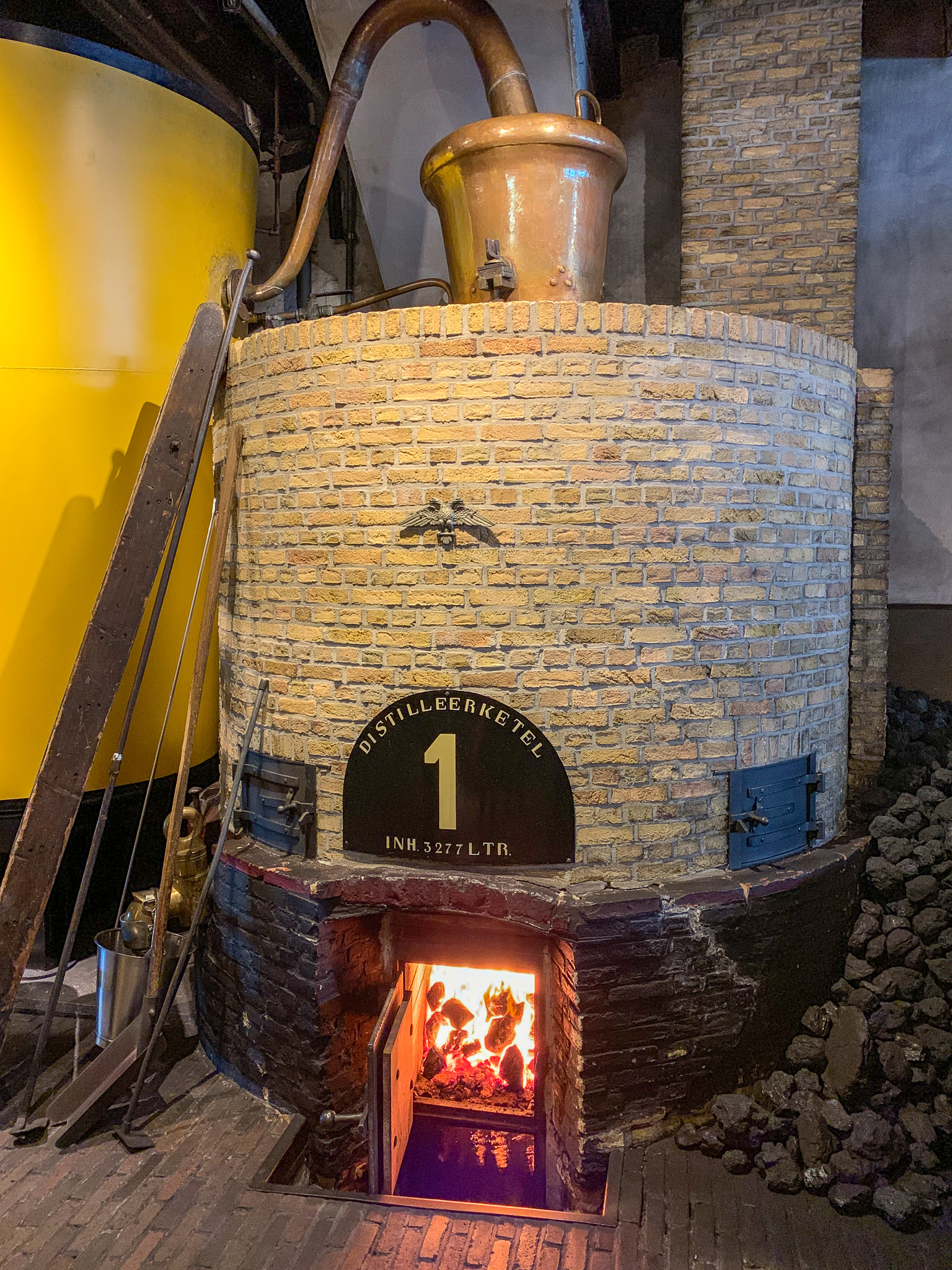
The experience was different than any factory tour we’d even been on. As it’s a more personalized tour there’s no canned route to follow or timetable to stick to. Our guide took us through various parts of the distillery and we were able to see the action on the floor with bottles being filled and labeled, visit the warehouses to see orders being loaded into trucks for distribution, and we were even able to briefly meet one of the 11th generation owners who happened to be walking through the historic part of the distillery. We also saw their first pot still—Ketel One—in operation on the day of our visit. The tour allowed us to ask lots of questions and really get a sense of why this distillery survived and thrived. Despite Nolet’s diversification of products in recent decades, they still embrace their heritage as one of the original jenever distilleries in the city.
During our visits to Schiedam we were often struck with a sense of the potential the city has to really embrace its history as the jenever capital of the world. It reminded us in ways of Porto, Portugal, a city that has become a hotbed of tourism connected to its still thriving port industry. Schiedam has the foundation in place—historic buildings in a quaint city center, a handful of distilleries still in action, and newly renovated museums talking about the city’s heritage. As a destination, it was one of our favorite places to visit in the three years we lived in the Netherlands. There is an authenticity to the place that we didn’t always find elsewhere, and a burgeoning pride in their history.
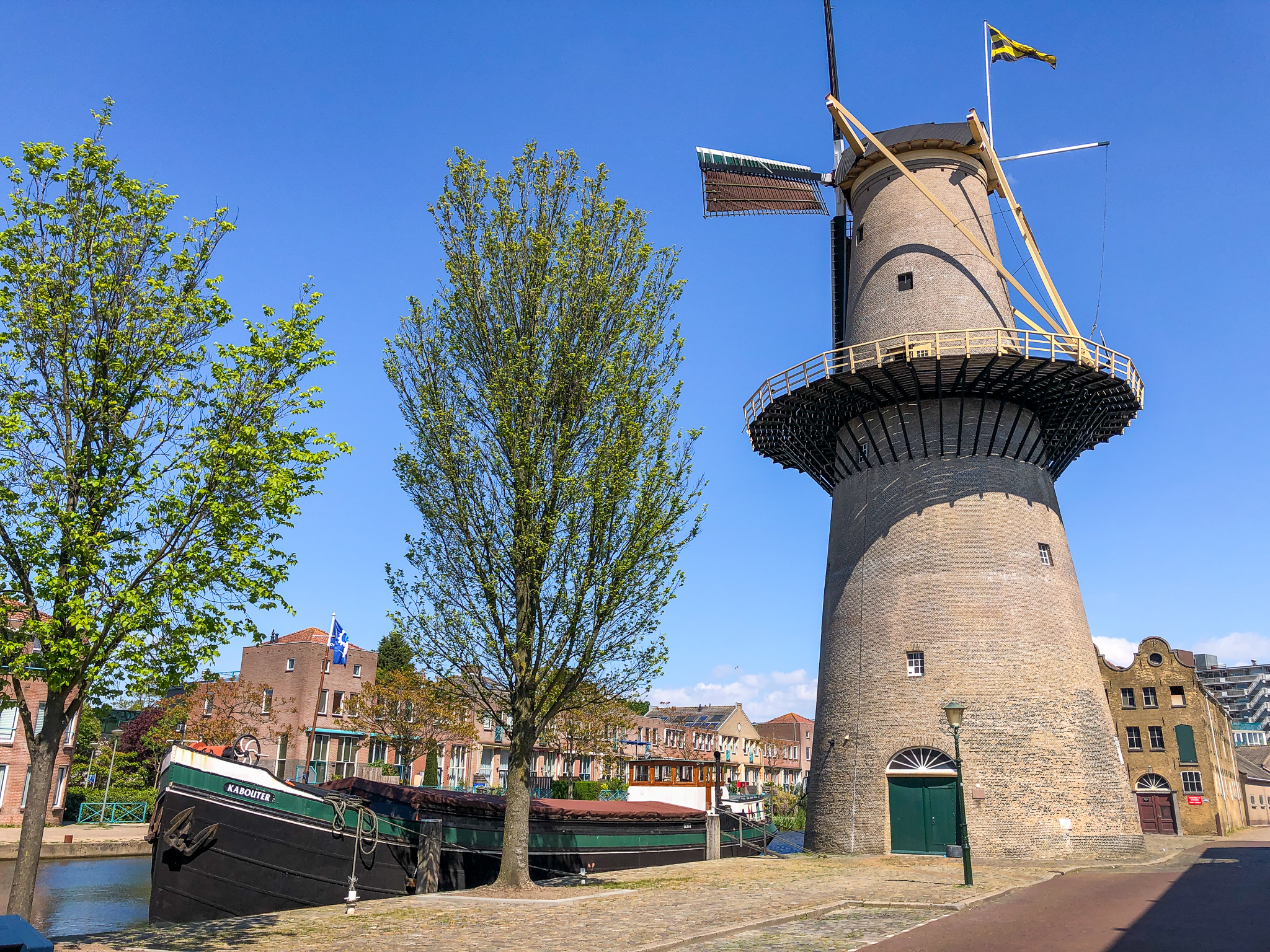
Schiedam makes for an easy day trip from Amsterdam, Rotterdam, and The Hague. Schiedam Centraal station is only a four minute train ride from Rotterdam Centraal, and the Parkweg station on the Rotterdam Metro is also very close to Schiedam’s historic center. From Schiedam Centraal station you can walk to all the sights in the historic center, or rent an OV-fiets bicycle right at the station.



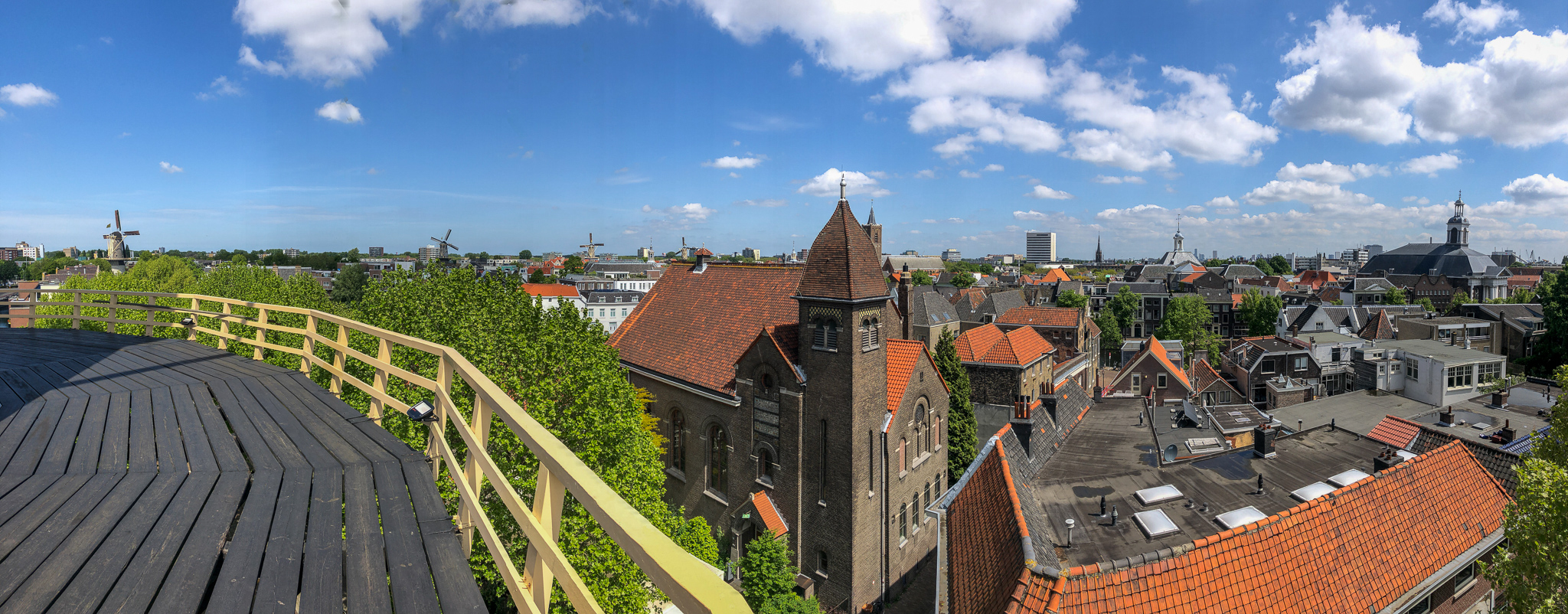

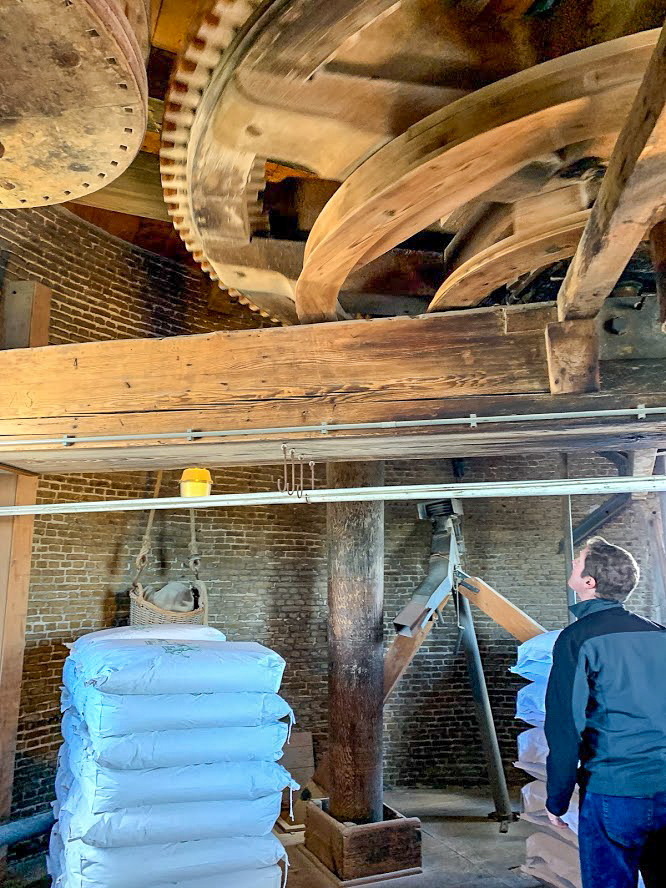
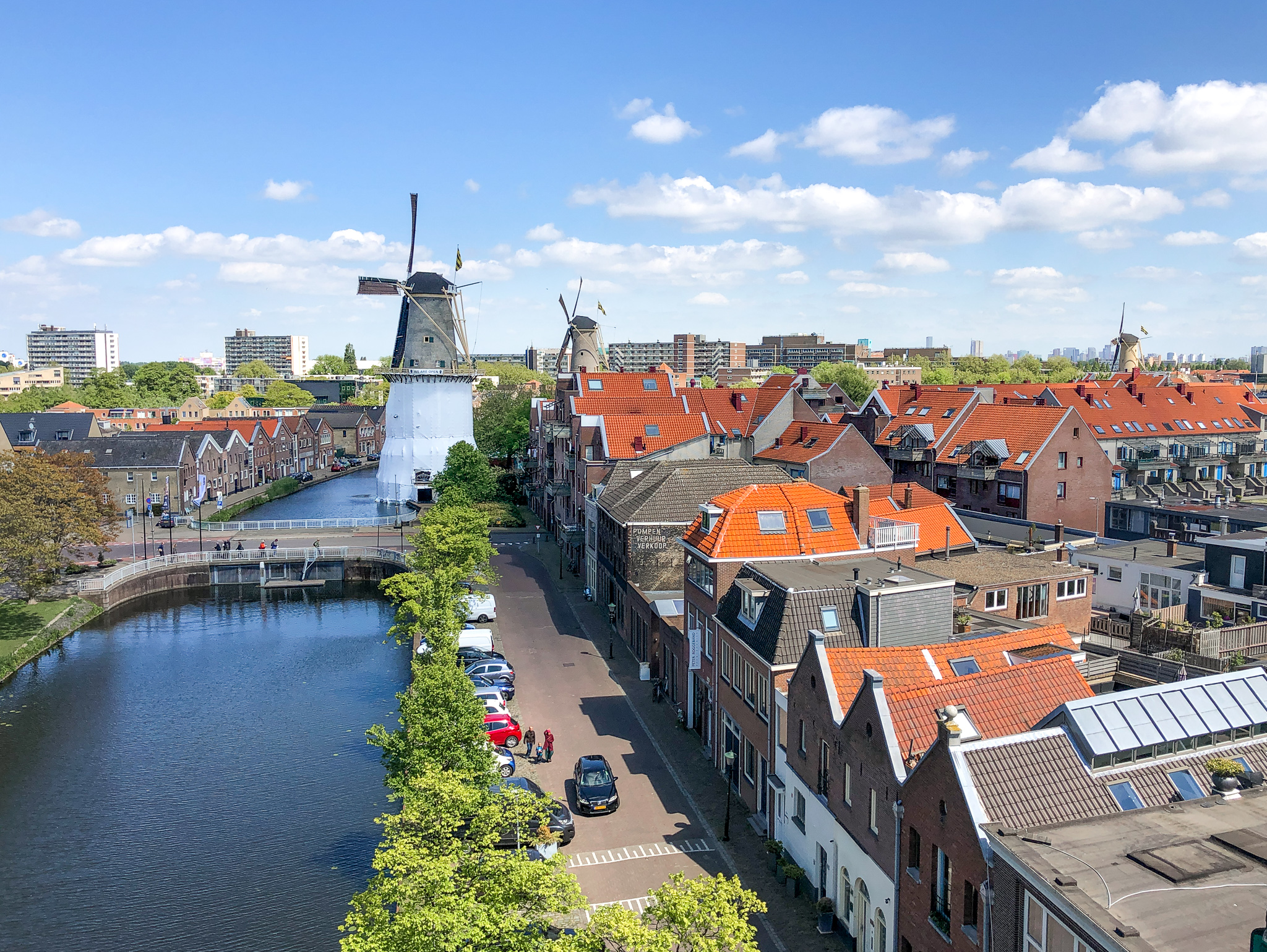
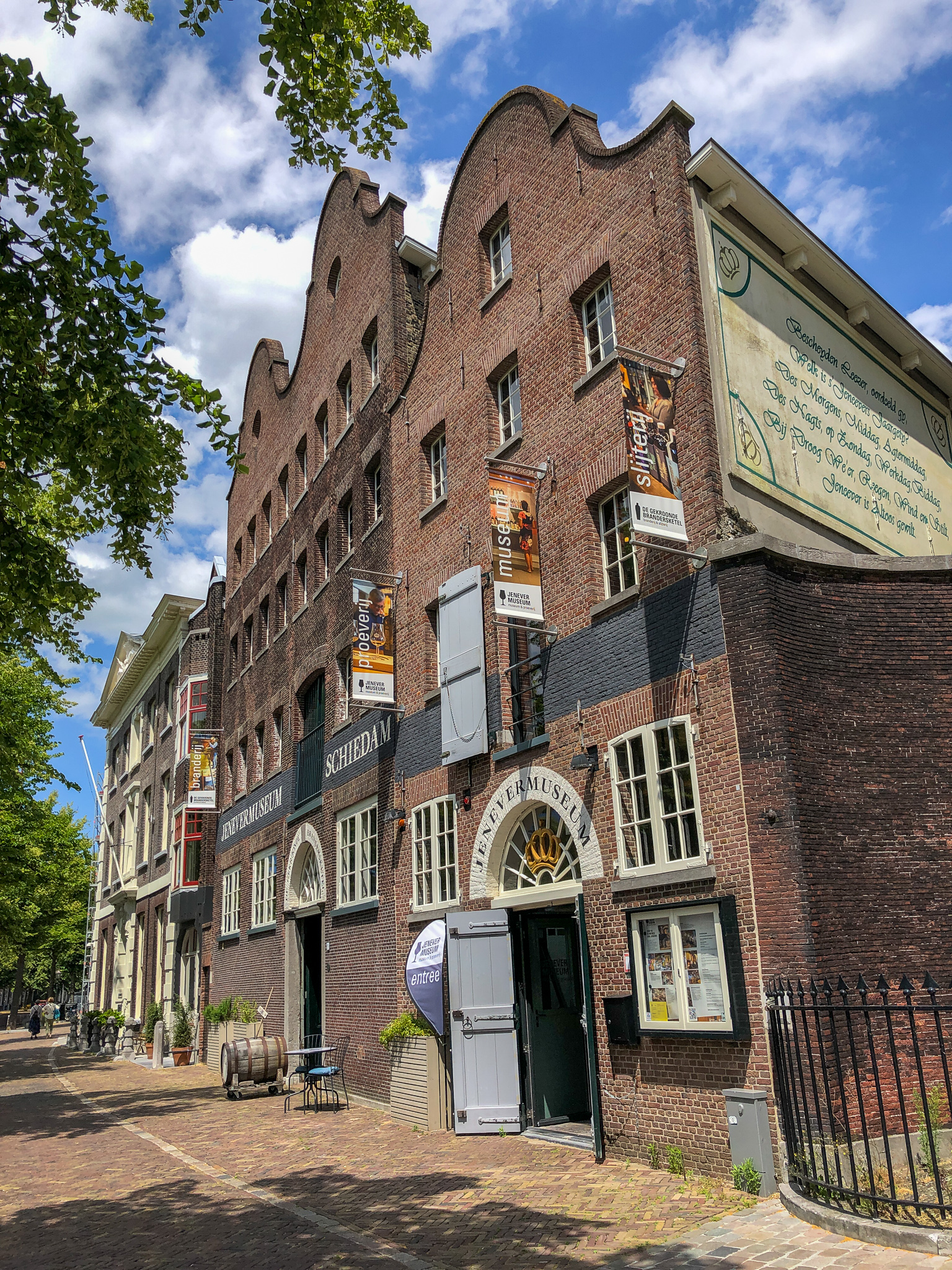

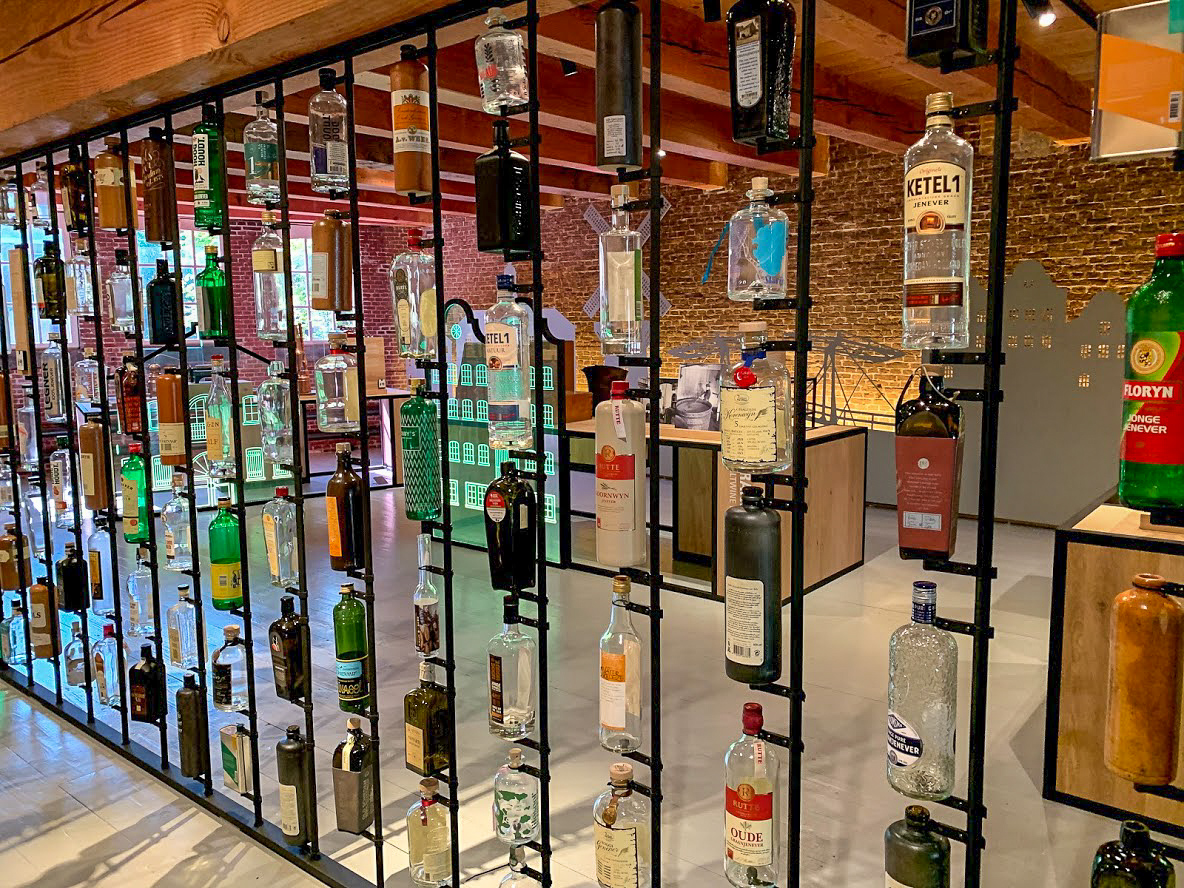

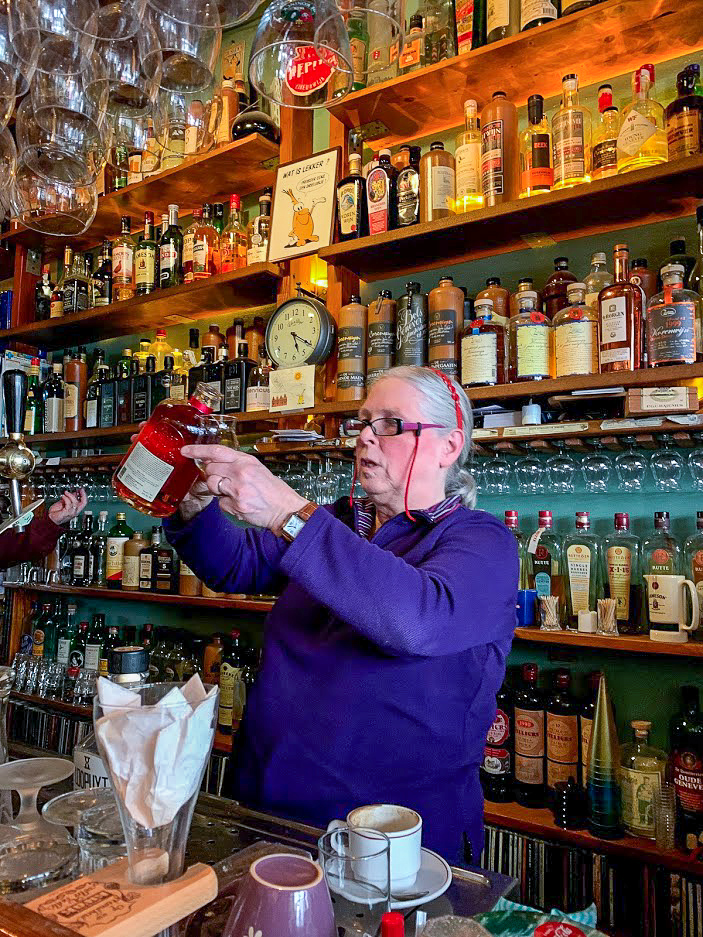
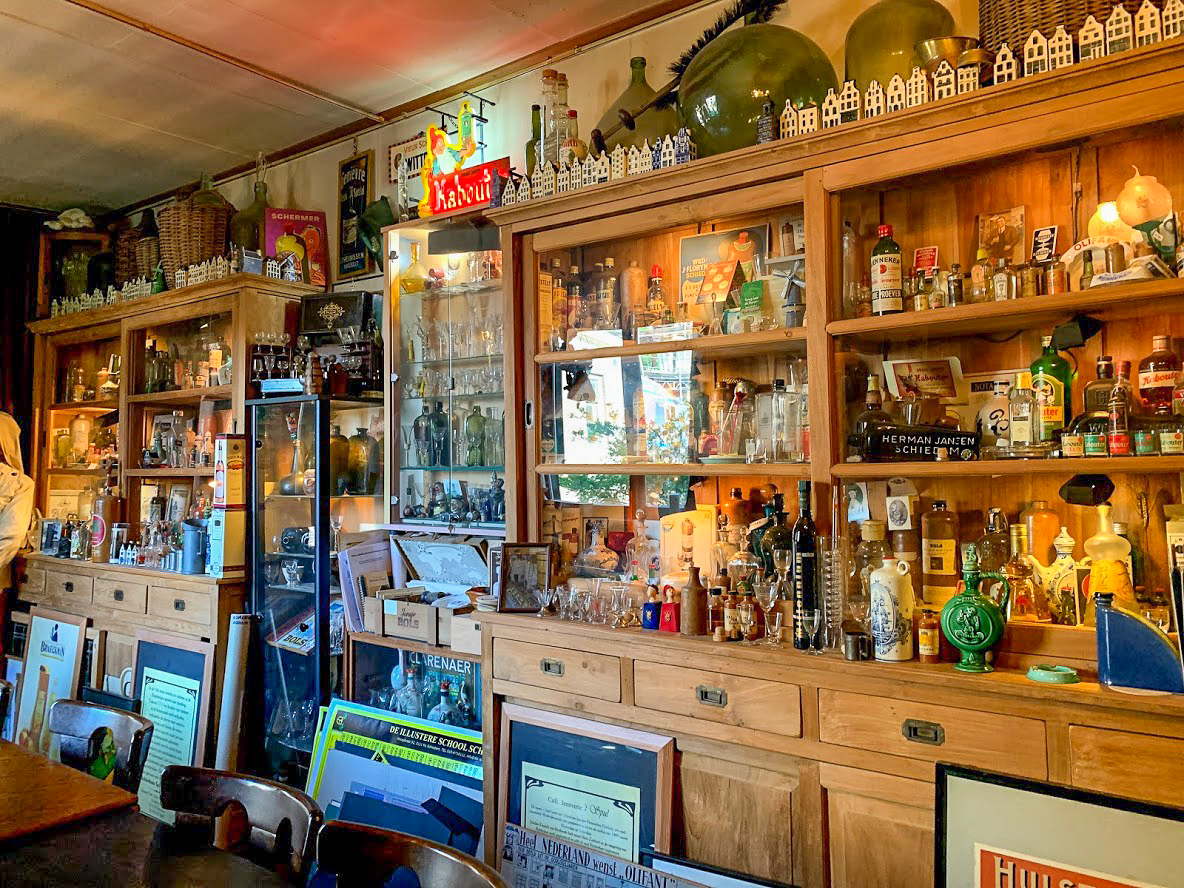

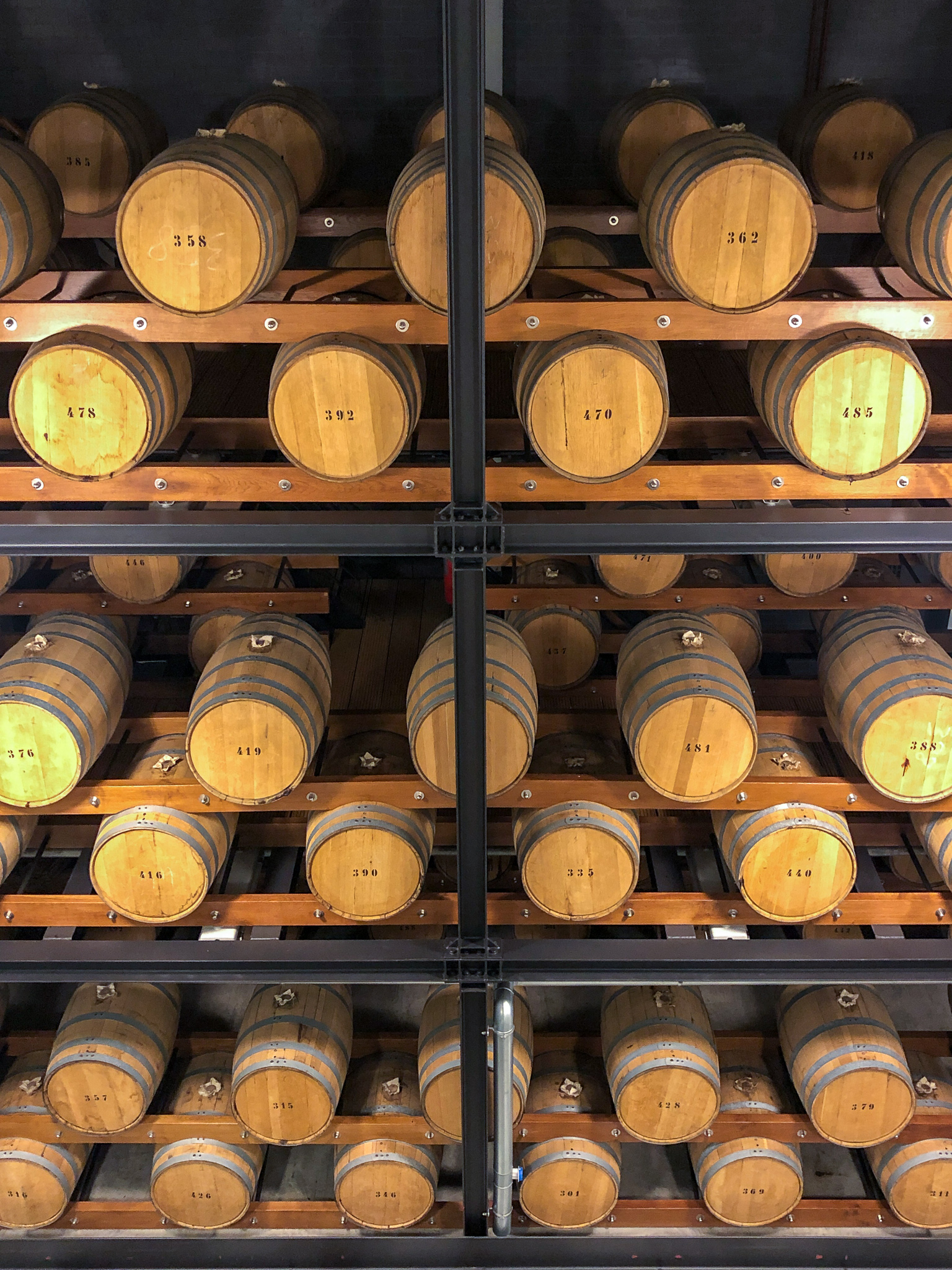
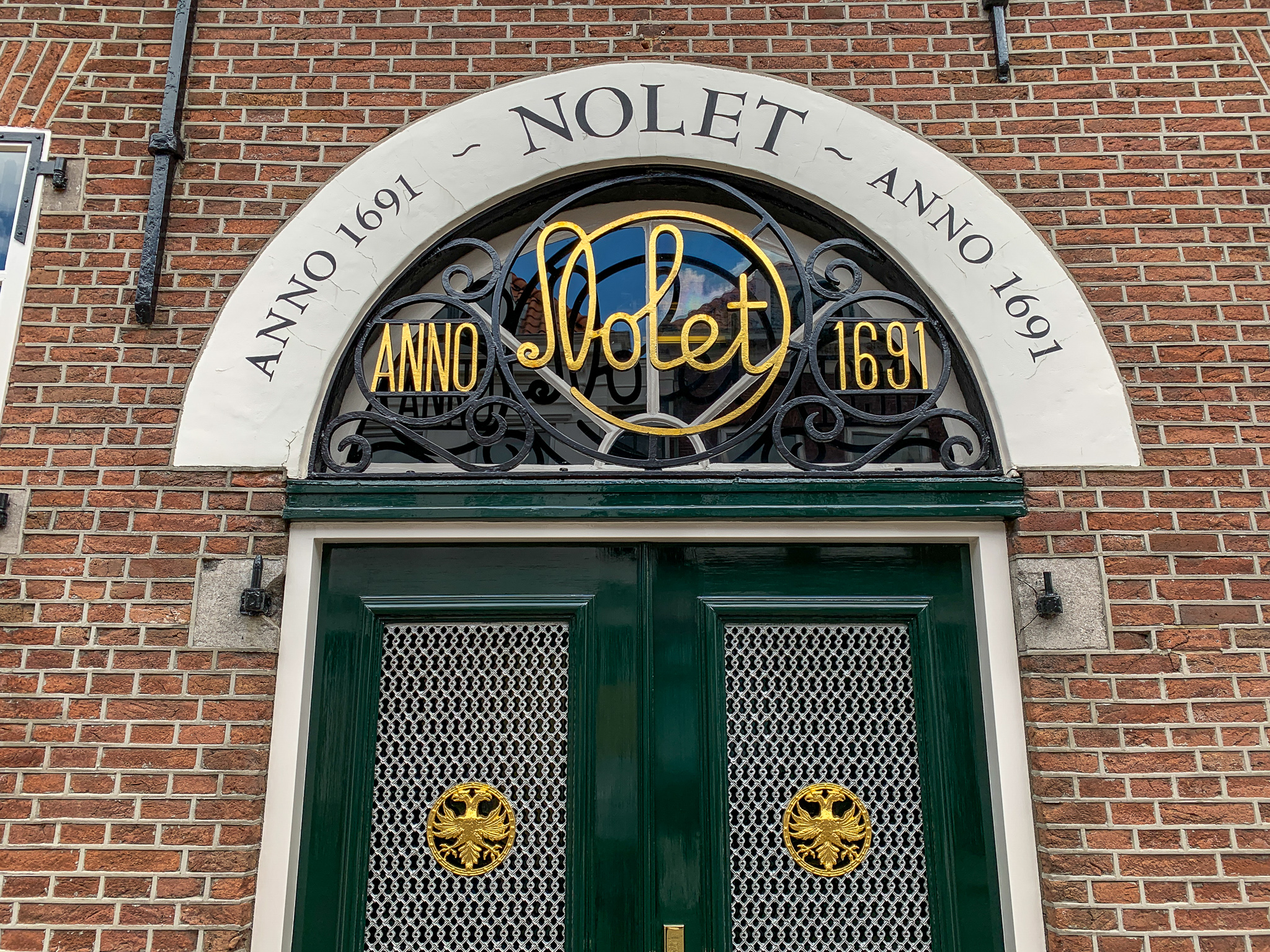
The Gincity of the world. Around 1870 about 400 small distilleries.
LikeLike